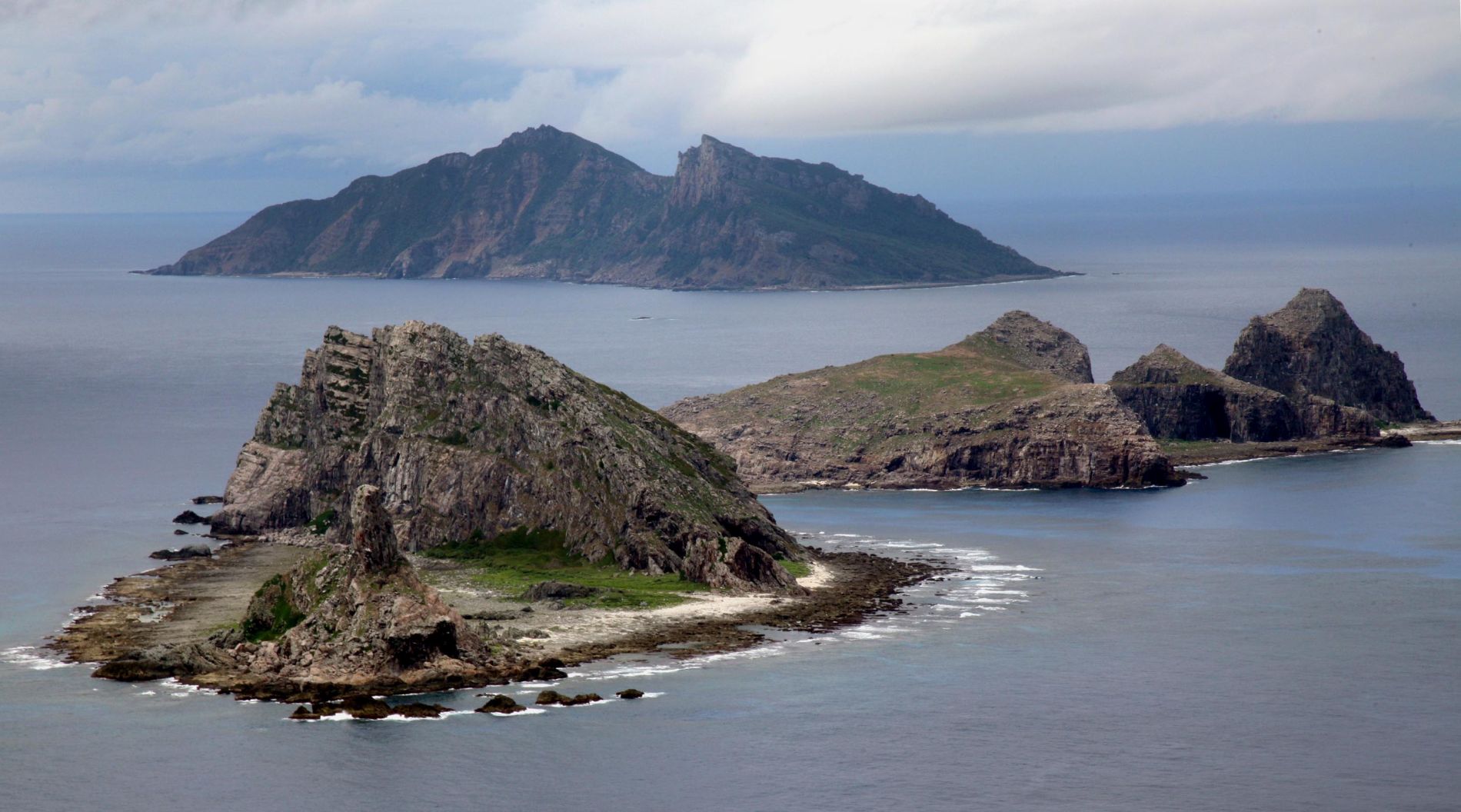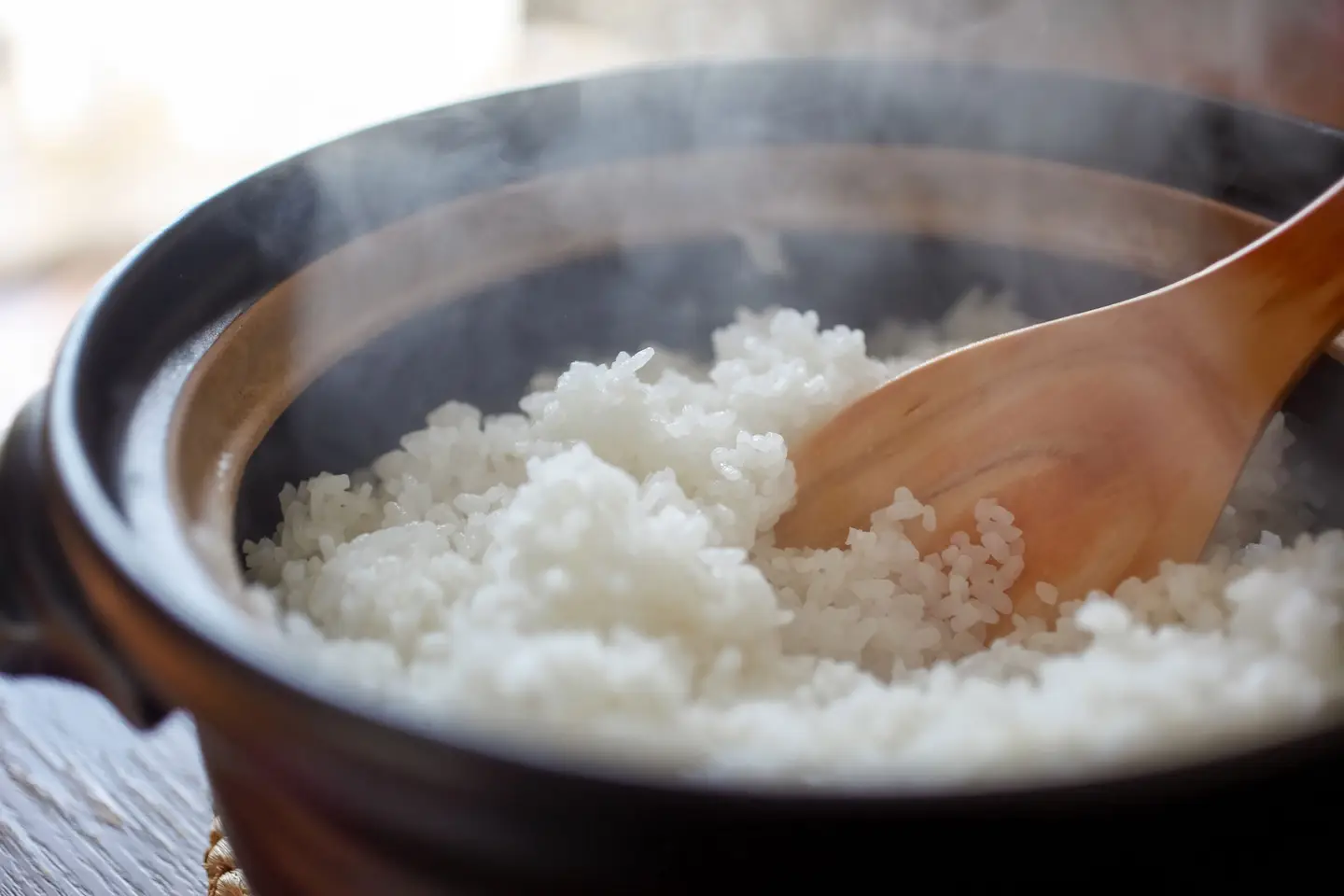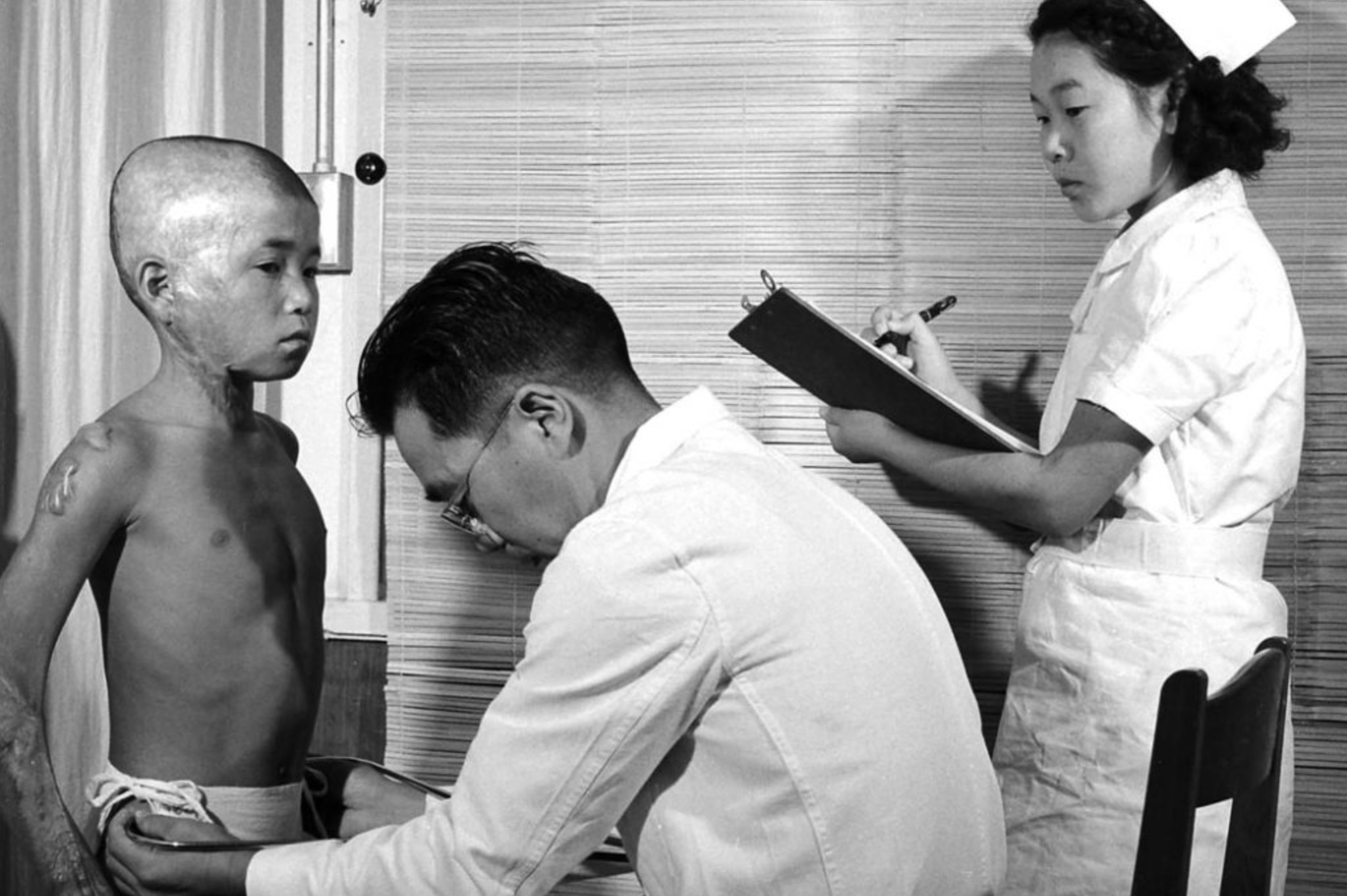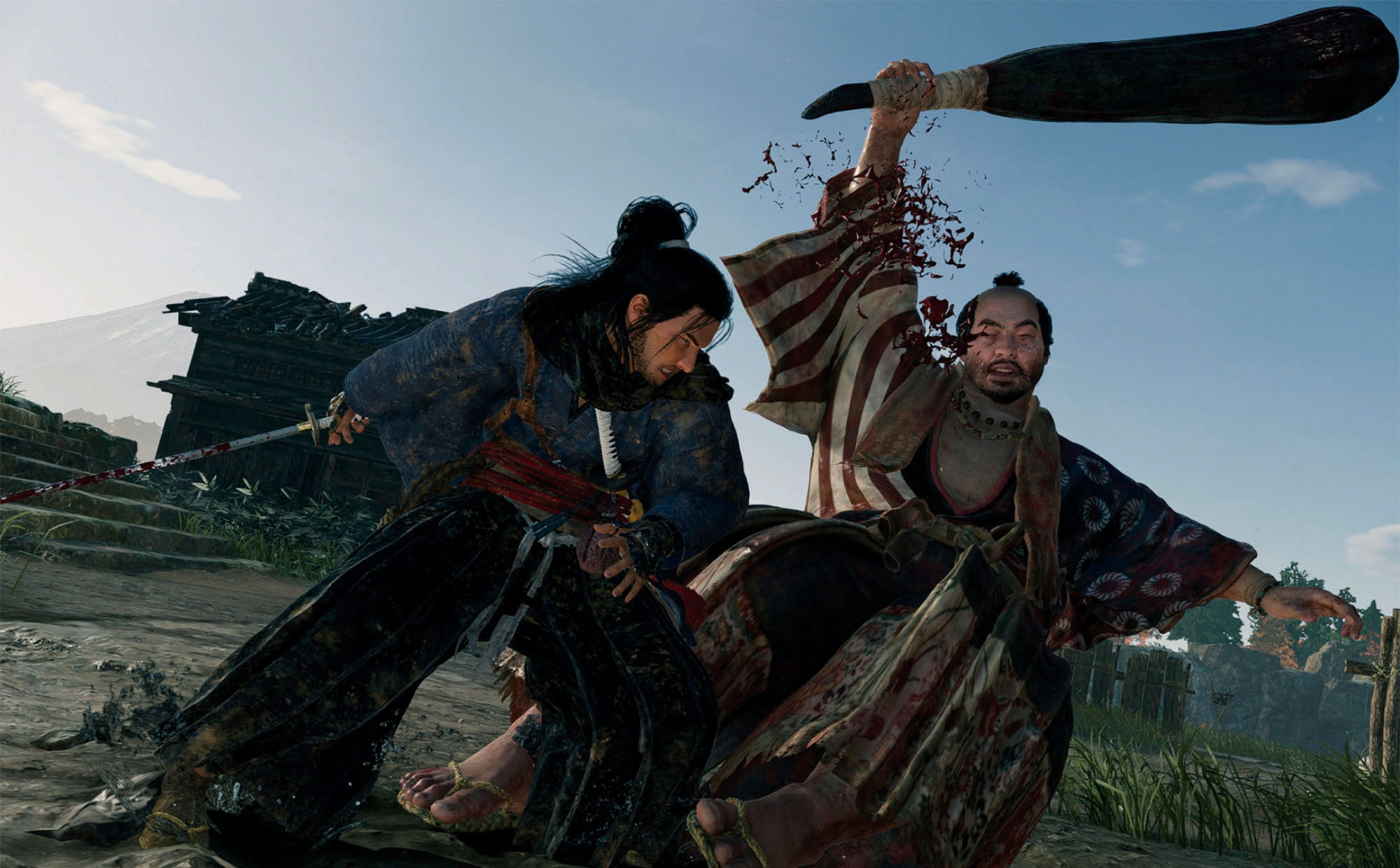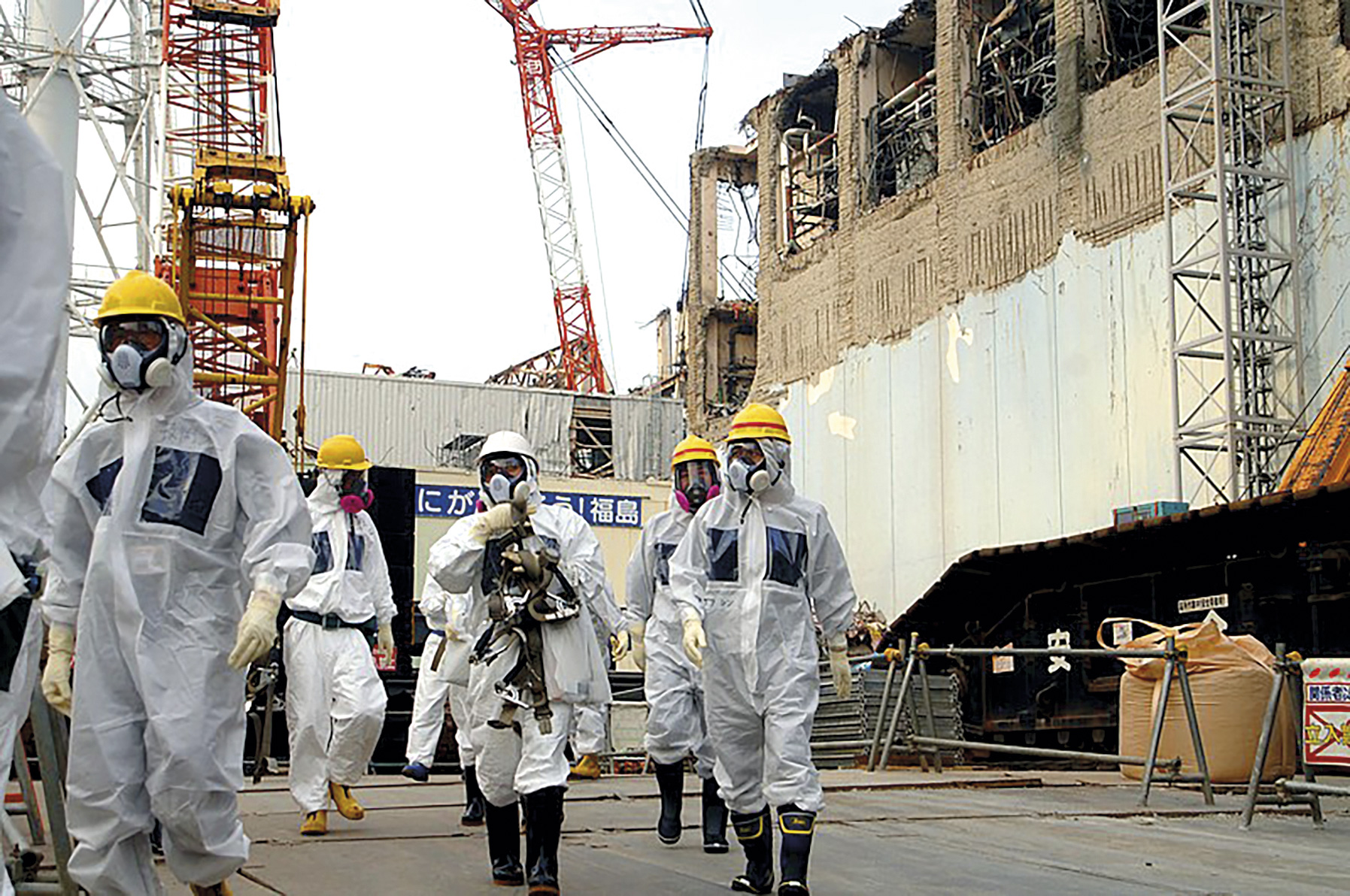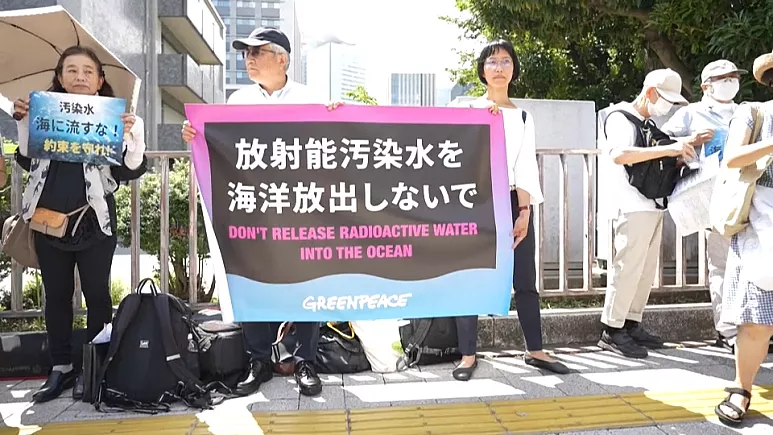Can an academic seminar shake the geostrategy of the powers?
- This is an up-to-date version of the so-called butterfly effect, which appeared to be nothing more than a simple and petty university seminary, has spread all the ears in East Asia, especially in Japan. And closer to us.

The fact, in itself, would be extremely trivial: The Maritime University, which operates in the great and historic port city of Dalian in eastern China, has announced the launch of a “Ryukyu Research Centre” for this course. And at that time he organized a seminar with several experts in early September.
Where is the bleeding? In Ryukyu, of course. It's not just any corner.
From the large island of Kyushu in southern Japan to the east of Taiwan, the Ryukyu Archipelago is a series of over a hundred islands spanning 1,000 kilometers and more, in Japanese, called Nansei. Although they cover only 4,700 square kilometres of land, their strategy is clear -- especially if China is to be shut down on the road to the Pacific.
And it's no accident that the largest and most important island, Okinawa, is much better known in this regard. At 1,500 kilometers from Tokyo, but 600 kilometers from the coast of China, with a presence of about ten thousand U.S. Marines. At one time, nuclear weapons too; today, nobody knows.
This shows, in part, the nervousness of the launch of a research centre on Ryukyu in China. But don't release all the knot.
Although it's not easy to realize that the Ryukyu archipelago is Japan -- it's basically the result of the domination of its Kingdom by the force of arms at the end of the 19th century. In 1895, Japan conquered the Ryukyu archipelago... What the United States did not want to restore in 1945, in that case. However, it has always been a popular movement for Japan’s independence and sending Americans home.
If to all this background we add that the headquarters of the Chinese “research centre” in Dalia (formerly called Port Arthur, in the West), is a project that becomes aware that it goes far beyond academics. In other words, questioning the quality of Chinese from Taiwan can lead to a long string. Because history has a lot of edges there. And everywhere, actually.
Relations between Japan and China are continually deteriorating politically, diplomatically, militarily ... and it cannot be said to be the first time, or simply because of the momentum of the United States. But the correlation of current forces is different from that of the 19th century.
Japonia, XV. mendea. Espioitzan eta hilketa ezkutuetan espezializatutako eliteko talde militarra sortu zen. Edo horixe uste du behintzat Stephen Turnbull historialari britainiarrak. Beste aditu batzuen ustez, askoz lehenago sortu ziren ninjak, duela 2.300-2.500 urte inguru. Eta... [+]
Japan, 8th century. In the middle of the Nara Era they began to use the term furoshiki, but until the Edo Era (XVII-XIX. the 20th century) did not spread. Furoshiki is the art of collecting objects in ovens, but its etymology makes its origin clear: furo means bath and shiki... [+]
Japan, 6 and 9 August 1945, the United States launched an atomic bomb causing tens of thousands of deaths in Hiroshima and Nagasaki; although there are no precise figures, the most cautious estimates indicate that at least 210,000 people died at the end of that year. But in... [+]
A few weeks ago Sony launched the video game Rise of the Remaknin, in which experts highlighted the historical position of the game. The game is located in Japan in the middle of the 19th century, near Yokohama, Edo and Kyoto.
Or it was the last years of the era, the bloody... [+]
On the occasion of the Hiroshima G7, the temptation to say again what Marx has made us repeat too many times, putting us in the mouth of Hegel, is not a fool: “Hegel says that all the great events and characters in universal history appear twice, but he forgot to say: once as... [+]








